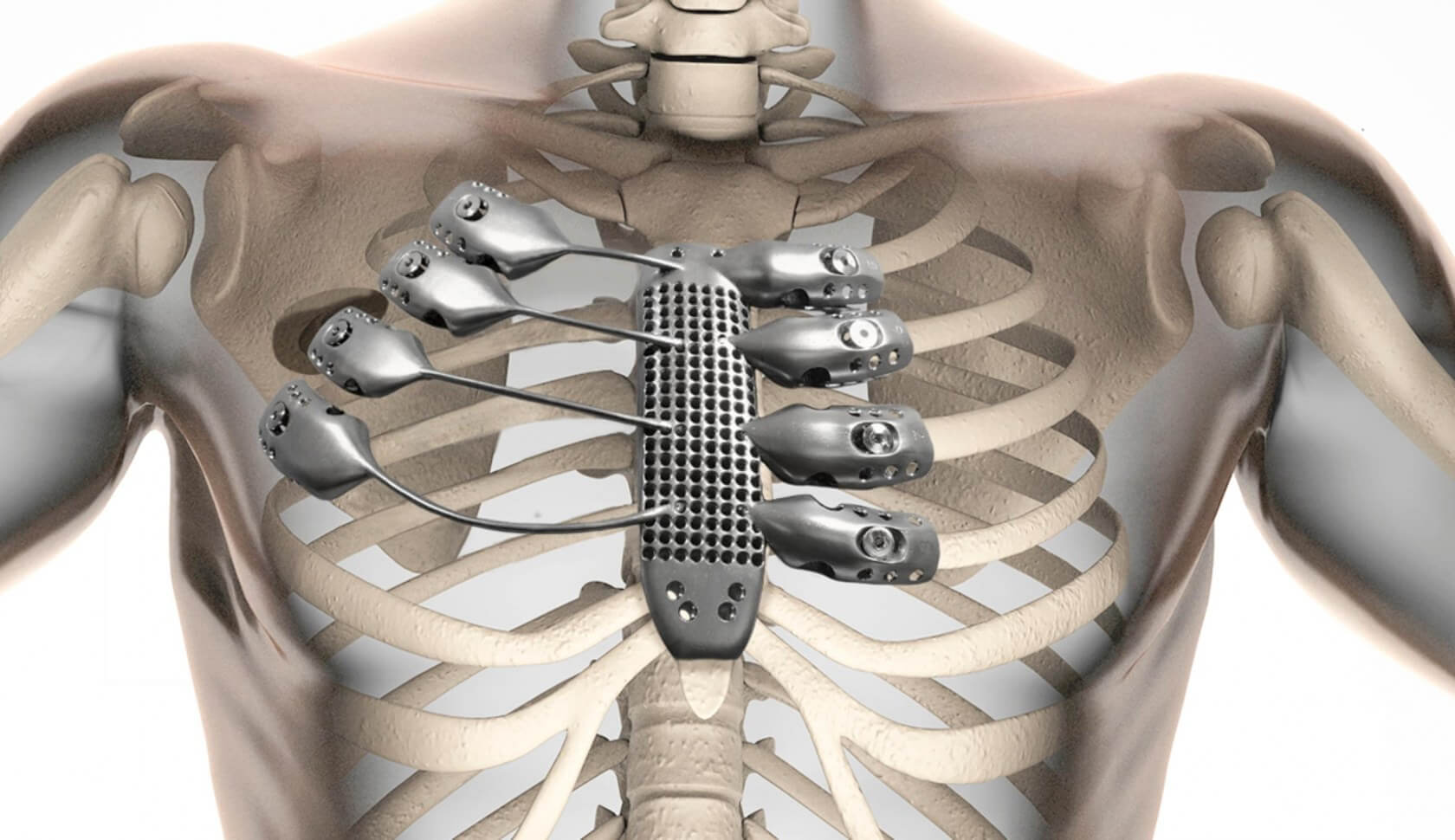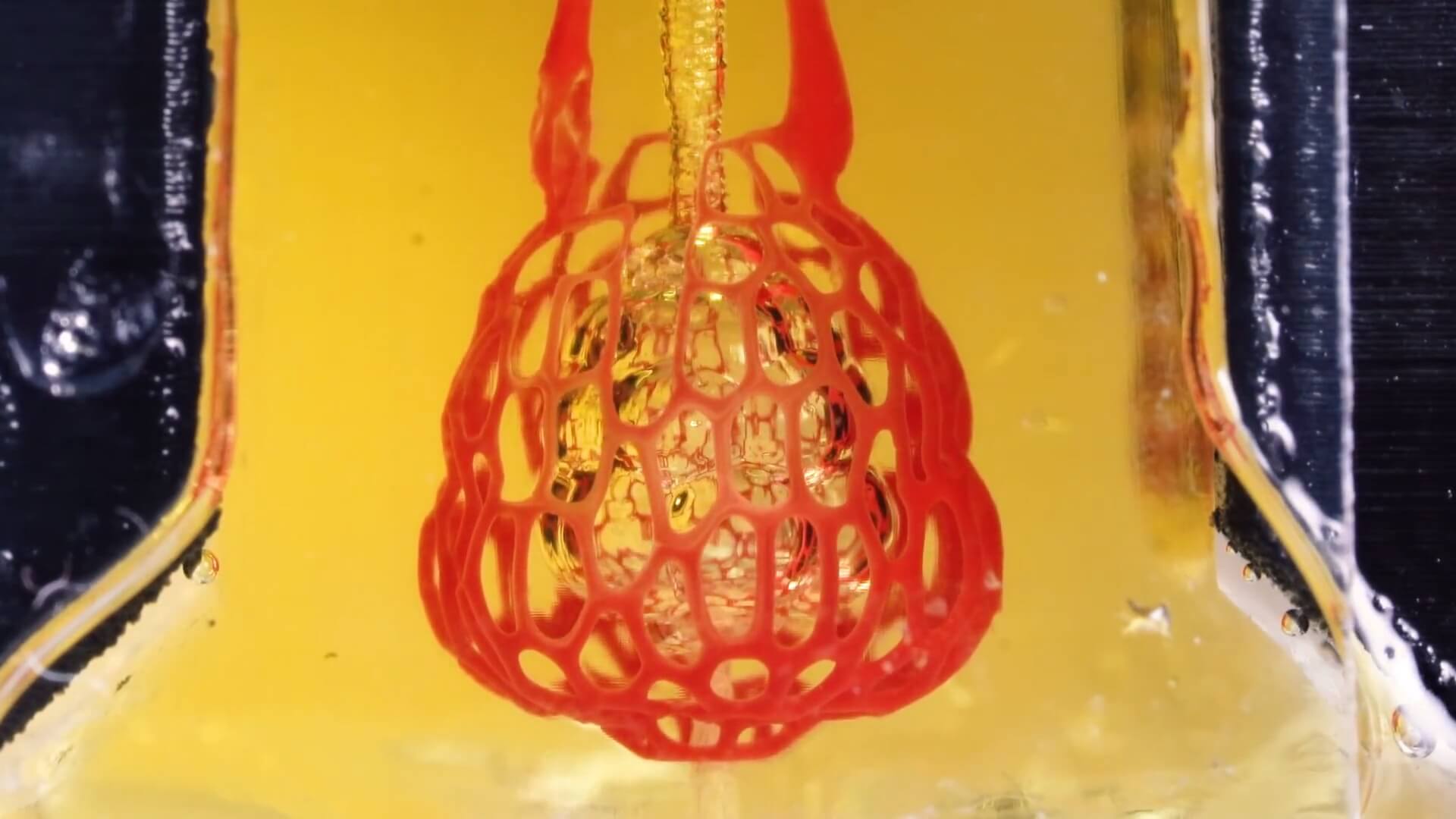Why it matters: Getting an organ transplant is a nearly impossible process. As a result, over one in ten people awaiting an organ transplant will die before they get it, and there are thousands of people waiting. Scientists have been hard at work for a long time and today have gotten one step closer with a breakthrough in the development of bioprinted organ's vascular (blood) networks.
For the last several years, researchers have been unable to construct an organ's vascular network with the strength or complexity needed. Previous attempts at a complex system have popped on the first 'breath,' while simpler and stronger systems can't get enough oxygen and nutrients around. A team of researchers from Rice University have developed a bioprinting method that lets them dial up the complexity while maintaining strength, letting organs breathe, so to speak.
As proof of concept they printed a penny-sized part of a lung that could inject oxygen from the surrounding environment into the de-oxygenated blood that flowed through it. Their method could be scaled up one day to construct an entire lung or further developed into other organs, and it could even be made using some of a patient's own cells to prevent organ rejection.
In a front-page article in Science, they explain how they did it: hydrogel and food dye.
Building on an open-source bioprinting technique called stereolithography apparatus for tissue engineering, the scientists 3D printed the vascular network layer by layer out of a new type of light-sensitive hydrogel (a material with similar conditions to the body). The hydrogel is incredibly special because it accepts a wide variety of cells that are embedded into it, and because it hardens in the presence of blue light, allowing each layer to be molded then solidified.
"Our organs actually contain independent vascular networks - like the airways and blood vessels of the lung or the bile ducts and blood vessels in the liver. These interpenetrating networks are physically and biochemically entangled, and the architecture itself is intimately related to tissue function," said Dr. Jordan Miller, the study's leader.
A challenge arose when the light shone on a new layer would affect the layers beneath it - a consequence of the transparency of the hydrogel. When considering potential opaque liquids that were biocompatible, there was an obvious solution: yellow food dye. The dye blocks enough of the light in hardened hydrogel without hindering the process in the liquid hydrogel, letting the researchers increase the fidelity of the printing. There's still a way to go, however.

"Our smallest features are still around 0.3 mm (0.013 inches) in diameter. That is still two orders of magnitude larger than the size of a typical cell in the body. So we'd like to continue improving our patterning resolution. We think this is possible with continued innovations in both the printing method and materials," the study's co-author Kelly Stevens told Newsweek.
The obvious long-term goal of the research is to bioprint fully functioning organs, but a stop-gap measure to solve the organ shortage might be stop-gap organs. With the average waiting time for an organ being 3.6 years, synthetic organs with shorter lifespans might be given to patients until a real organ or a long-term synthetic organ can be sourced.
The timeline is two decades, and for the hundreds of thousands of people that will need an organ transplant in that period, I wish all current and future researchers good luck.
